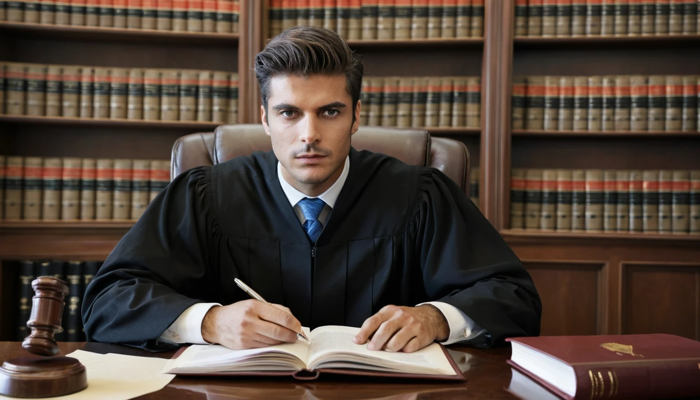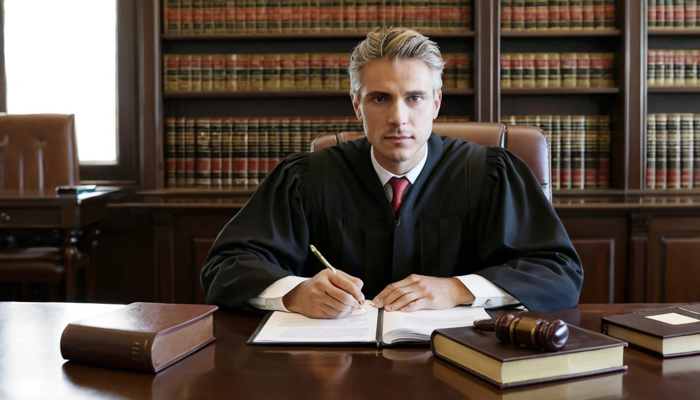Learn how to copyright original artwork quickly and protect your creative work legally. Follow this simple guide for artists and creators.
Copyrighting original artwork ensures your creations are legally protected from theft or misuse. By registering your work and understanding your rights, you can confidently share and monetize your art.
How To Copyright Original Artwork 🎨
Ever wondered if your art is truly yours to control? Many artists assume creating a piece automatically protects it, but understanding how to copyright original artwork gives you legal power over your creations. Let’s explore exactly how you can safeguard your art without getting lost in legal jargon.
Copyrighting artwork might sound complex, but it’s simpler than most think. When you copyright your art, you legally own it, and others can’t use, copy, or sell it without your permission.
Understanding Copyright And Its Importance 🛡️
Copyright is a form of legal protection that gives creators exclusive rights to their work. 🎨 This applies to paintings, sketches, digital art, and more. The main benefits include:
- Exclusive rights to reproduce and display your work.
- Legal protection against unauthorized use.
- Monetization opportunities through licensing or selling.
Without copyright, your art is vulnerable to plagiarism. Even sharing online doesn’t automatically protect your rights.
Who Can Copyright Artwork? 👩🎨👨🎨
Anyone who creates original art can claim copyright. It doesn’t matter if you’re a hobbyist, professional, or student. As soon as you create and fix your art in a tangible form, it’s technically copyrighted automatically.
However, registration with the U.S. Copyright Office strengthens your legal position. It’s especially important if you plan to sell, license, or enforce your rights in court.
Types Of Artwork You Can Copyright 🖼️
You can copyright almost any creative work, including:
- Paintings and drawings
- Digital illustrations
- Sculptures and ceramics
- Mixed media projects
- Graphic designs and animations
Even if your art is hand-drawn or digitally created, it qualifies for copyright protection.
Automatic Copyright vs. Registered Copyright ✅
While copyright is automatic upon creation, official registration provides stronger legal protection.
| Feature | Automatic Copyright | Registered Copyright |
| Legal proof in court | Limited | Strong evidence |
| Ability to sue infringers | Only after registration | Immediate rights |
| Eligibility for damages | No statutory damages | Yes, up to $150,000 |
Registering gives you full control and enforcement power.
Steps To Copyright Your Artwork Step-By-Step 📝
- Create your original work – Ensure it’s your own idea.
- Fix it in tangible form – Paper, canvas, digital file, etc.
- Prepare your application – Include title, author info, creation date.
- Submit to copyright office – Online or via mail.
- Pay the registration fee – Usually $45–$65.
- Receive official certificate – Keep a copy for records.
Following these steps makes the process straightforward and hassle-free.
Choosing The Right Copyright Form 📄
The U.S. Copyright Office offers multiple forms depending on your work type. For artwork, you usually need Form VA (Visual Arts).
- Single work registration – For one artwork.
- Group registration – For a collection of related works.
Choosing the correct form ensures faster approval and fewer complications.
How To Protect Digital Artwork Online 💻
Digital art is easy to copy, so online protection is key.
- Watermark your images – Subtle logos deter theft.
- Low-resolution previews – Prevents unauthorized printing.
- Use metadata – Embed your copyright info in files.
These steps reinforce your ownership even before official registration.
Benefits Of Registering Artwork Copyright 🎯
Registering your copyright offers tangible benefits:
- Legal proof of ownership
- Eligibility for statutory damages and attorney fees
- Increased credibility when selling or licensing
This extra layer of protection is worth the small investment.
How Long Does Copyright Last? ⏳
In the U.S., copyright lasts for the creator’s life plus 70 years. For works made for hire, it’s 95 years from publication or 120 years from creation.
This long duration ensures your art is protected for generations.
Common Mistakes To Avoid ❌
Many artists make these errors:
- Not registering – Weakens legal enforcement.
- Sharing high-resolution images online – Easy to steal.
- Assuming all online platforms protect you – Platforms have limited responsibility.
Avoiding these mistakes strengthens your legal position.
How To Prove Ownership 🏷️
Even with registration, keeping proof of creation is vital.
- Save drafts and sketches
- Keep creation dates documented
- Maintain digital file history
These serve as evidence if someone challenges your copyright.
Licensing Your Artwork 💰
Copyright gives you the power to license your work.
- Exclusive licenses – One client only
- Non-exclusive licenses – Multiple clients
- Royalty-based licenses – Earn ongoing income
Licensing can turn your art into a sustainable business.
Selling Artwork With Copyright Protection 💵
When selling, always include copyright terms:
- State if buyer gets full or limited rights
- Include usage restrictions
- Keep documentation of the transaction
This ensures your work is used as intended.
International Copyright Protection 🌎
While U.S. copyright is automatic, other countries recognize your rights under Berne Convention.
- Protects your art in over 170 countries
- Registration is country-specific for stronger enforcement
- Consider local copyright offices for international sales
International protection is crucial if your audience is global.
Using Copyright Symbols Correctly ©
Add ©, your name, and year to your work. Example:
© 2025 Lambodar Sahu
- Signals ownership
- Acts as a deterrent
- Easy and widely recognized
It’s simple but effective in showing your claim.
Maintaining Records And Documentation 📂
Keep organized records of:
- Registration certificates
- Drafts and final artwork
- Licensing agreements
Well-kept records save time and headaches if legal disputes arise.
Final Tips For Artists 🎨💡
- Always document creation dates
- Register your most valuable works
- Protect digital art online
- Understand licensing options
With these practices, your creative work remains legally secure and profitable.
Conclusion
Copyrighting original artwork isn’t complicated if you follow the right steps. From creating tangible forms to registering officially and protecting digital files, each step ensures your creations remain yours. Take action today, and safeguard your art for years to come.

FAQs
How Do I Register My Original Art?
You submit your artwork to the U.S. Copyright Office online or via mail. Include author info, creation date, and pay the fee. Once approved, you receive a certificate.
Can Digital Art Be Copyrighted?
Yes! Digital art is protected as soon as it’s created in a fixed form. Registration strengthens your legal rights.
How Long Does Artwork Copyright Last?
Copyright lasts for the creator’s life plus 70 years. Works made for hire have 95 years from publication or 120 from creation.
Do I Need A Lawyer To Copyright Art?
No, you can register yourself online. A lawyer helps if you plan to enforce rights or license internationally.
What Is The Cost To Copyright Artwork?
Registration fees range from $45 to $65. Group registrations or special forms may cost slightly more.

